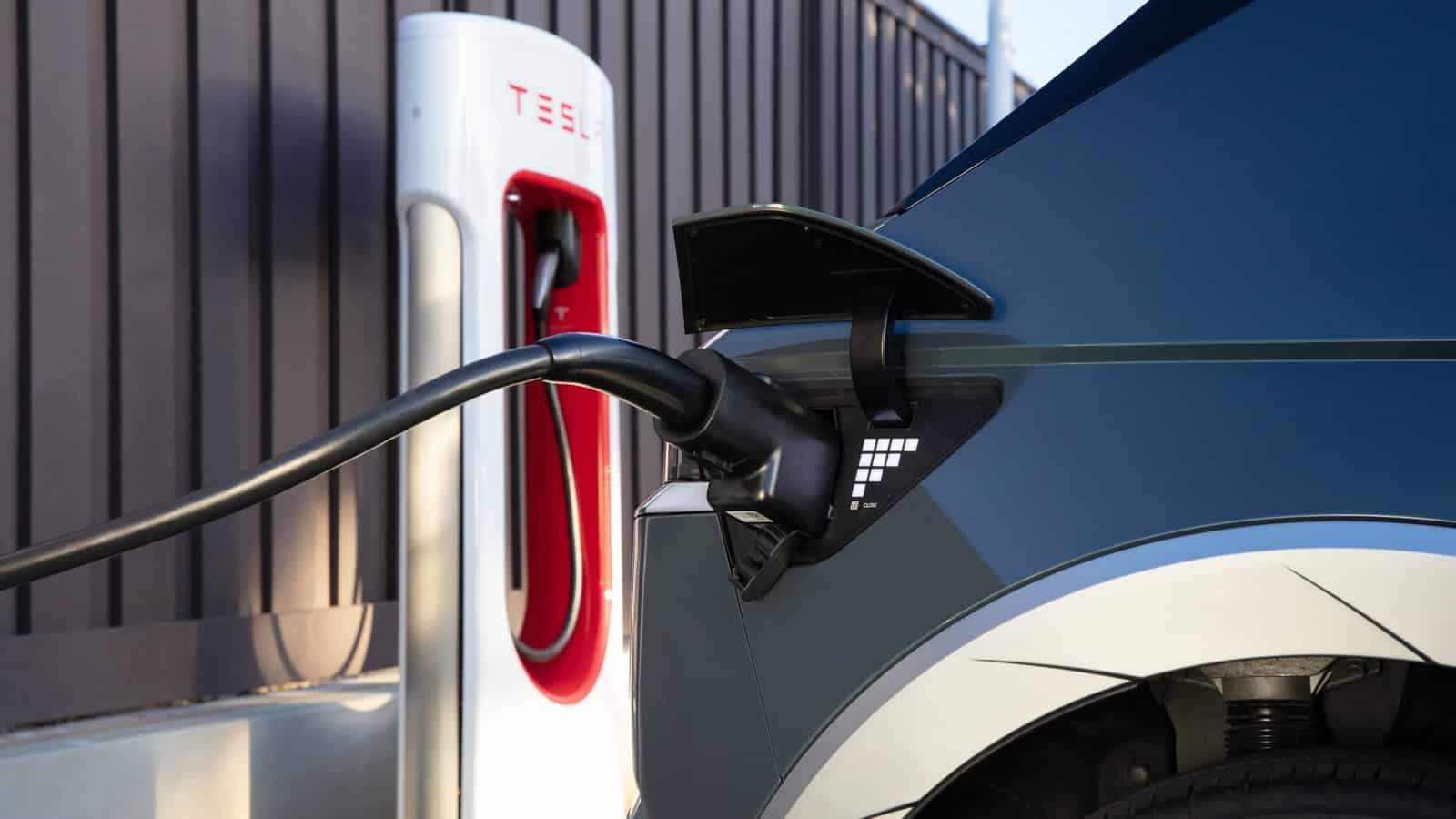- Tesla’s layoff of most of its Supercharger team disappointed Tesla owners.
- Upset owners are less likely to recommend a Tesla to a friend now.
- The move was bad PR but may end up being a smart business move.
In early May, news broke that Tesla had laid off most of the Tesla Supercharger network team, including its leader, Rebecca Tinucci. Reaction from the media and the EV industry was fast and confused. I wondered what Tesla owners or potential owners thought. Those I talked to aren’t happy, and I personally think it was a really dumb move. But not everyone agrees.
ADVERTISEMENT
Full disclosure: I don’t own a Tesla or an EV that will be able to use the Supercharger network, so my feelings don’t count for much. I am mystified, however, why Elon Musk would throttle a part of Tesla that convinces many to buy one of the brand’s EVs and could potentially be a steady source of income for Tesla.
Tesla Supercharger Locations Help Ease Charging Anxiety

“It leaves a poor taste in my mouth,” Model Y owner Mo, (I am omitting last names to protect my sources) who lives in Los Angeles, told me. The Supercharger network is the main reason he bought a Tesla after considering a VW ID.4 or a Volvo. “I paid a premium to access the network,” he said.
Mo likes the ease of charging a Tesla on long trips — like driving up to Mammoth Lakes to snowboard. And the Tesla Supercharger infrastructure — fast and almost certainly operational given the Supercharger network reliability — is a security blanket at times like when he was driving to Arizona and his battery got down to 4%.
“Chopping the Supercharger thing kind of boosts my charging anxiety,” he said.
Tesla has already screwed Mo over before, by the way. Two months after he bought his Model Y in late 2022, Tesla cut the price. “When I purchased the car, it was at the highest price the Tesla had been,” he said. Still, “I love the car,” Mo said. Just not the company.
ADVERTISEMENT
Will Supercharger Reliability Remain the Same?
To be sure, Musk didn’t say Tesla Supercharger network expansion will halt. Tesla will apparently complete stations currently under construction and continue to add some new Supercharger locations.
And Supercharger availability in North America will still be good. Consider the current Tesla Supercharger map.
Musk also has said that Tesla will concentrate on the reliability of its existing Supercharger network. (Aren’t they already super reliable though?)
That will be important since the number of EVs with Supercharger compatibility is set to grow a lot over the next few years.
Most major EV makers in the U.S. — including Ford, GM, Chrysler, Honda, Kia, Nissan, BMW, Rivian, and more — will have Tesla’s NACS J3400 charging connector on their model year 2025 EVs.
But with so many more EVs using the Superchargers, and a smaller Tesla team maintaining them, will the reliability remain as high?
Would You Recommend a Tesla to a Friend?

If the Superchargers do become less reliable that will be a hit to its Net Promoter Score, defined as how many owners would recommend a Tesla to a friend.
For one Tesla owner, the Supercharger layoffs and expansion slowdown announcement was enough.
“I can’t really justify telling other people to get a Tesla now,” said Tushar, an engineer in the Puget Sound area in Washington state. He bought a long-range Model Y about a year ago.
The EV’s technology and features were important to him. But “the big thing was the supercharger network,” he said.
He considered the Supercharger layoffs “stupid. I don’t think it makes a lot of sense for him to have done that,” Tushar said.
ADVERTISEMENT
Maybe It Made Business Sense
Some potential Tesla owners aren’t too concerned about the layoffs. Sam, who lives in Mammoth Lakes part of the year and the Los Angeles area part of the year, told me he was going to buy a Tesla because of the charging network.
The layoffs didn’t concern him. “For my usage, there will be plenty of chargers,” he said.
Tesla’s Supercharger network was more than just a selling point for its EVs, however. It was also a business unto itself, and one that had the potential to be profitable and high margin.
Still, Musk’s move made perfect business sense, argued Sandy Munro, the Lean Design guru at the head of Munro & Associates. In a YouTube video, Munro detailed why he thinks cutting the Supercharger team was the right thing to do.
Tesla doesn’t need a Supercharger marketing and sales team if it already has a wide network, Munro argued, and it doesn’t need R&D since it isn’t marketing the Superchargers, and it doesn’t need executives since the people are gone.
Munro pronounced the idea that Supercharger efficiency will suffer “100% baloney.”
I think that remains to be seen. What is certainly true is that laying off most of the Tesla Supercharger network team was really bad PR and may be bad business, as well. And it was just plain dumb.
ADVERTISEMENT

FEATURE IMAGE: BRAM VAN OOST
FTC: We use income-earning auto affiliate links. Learn more.











